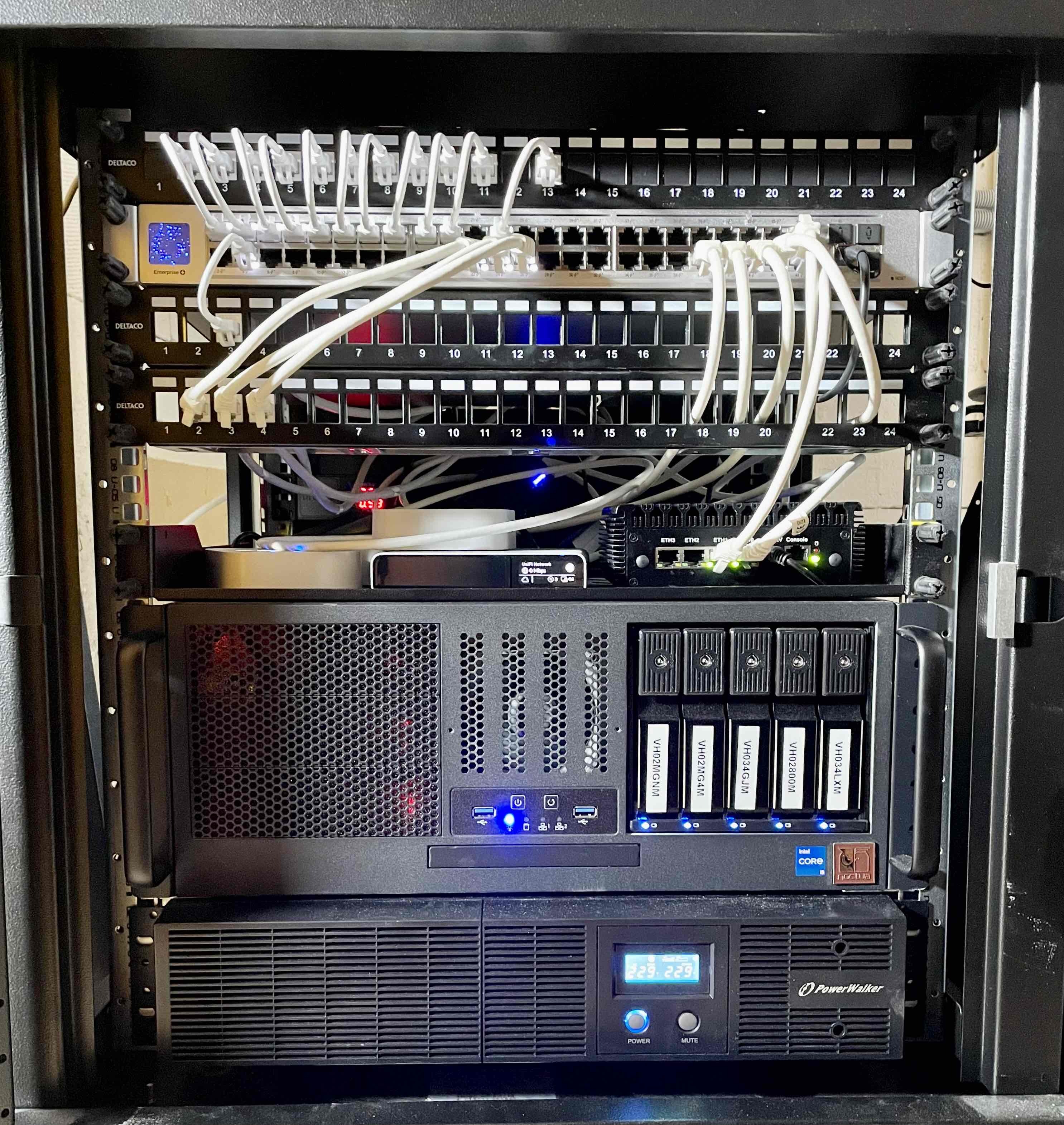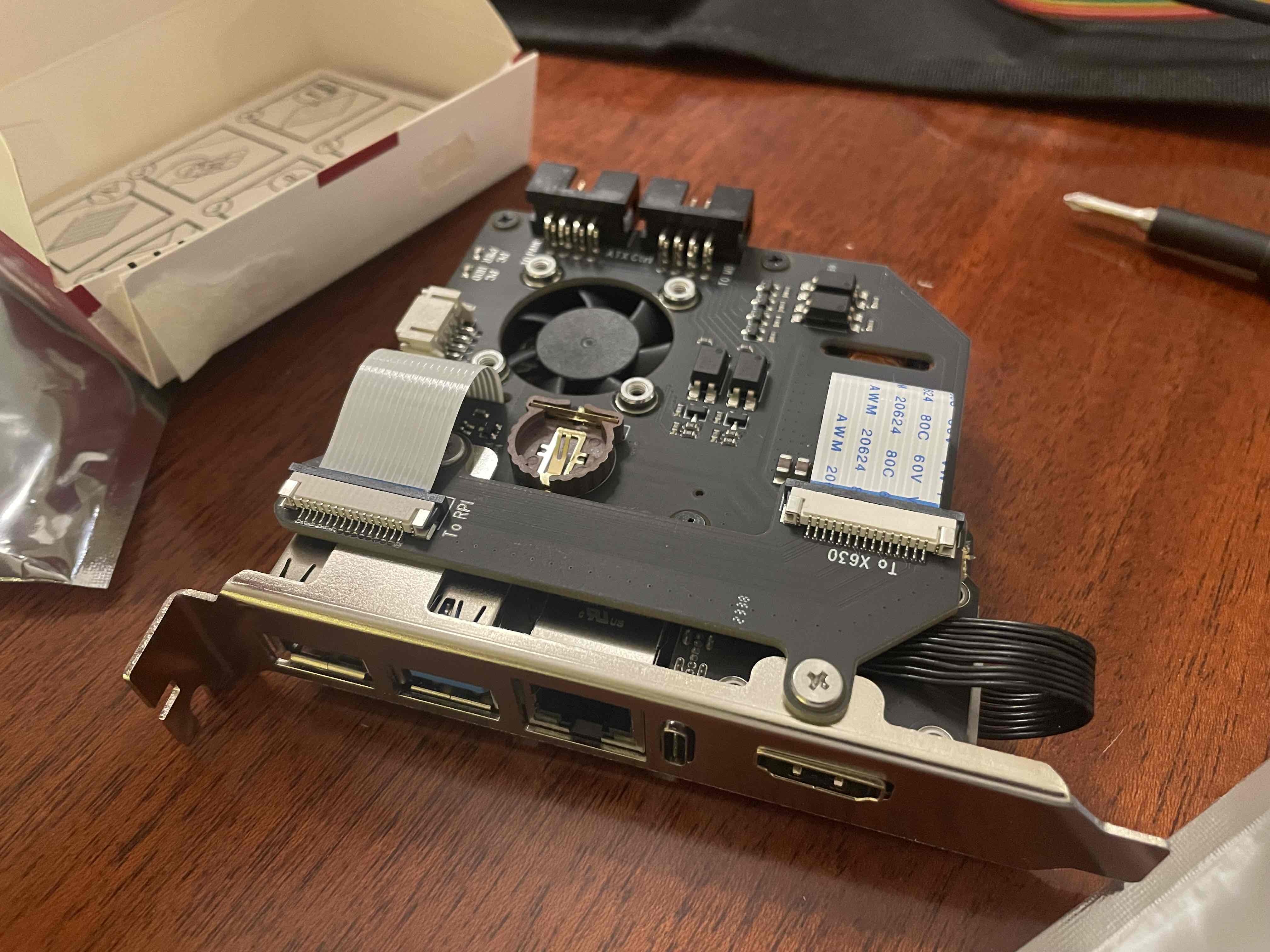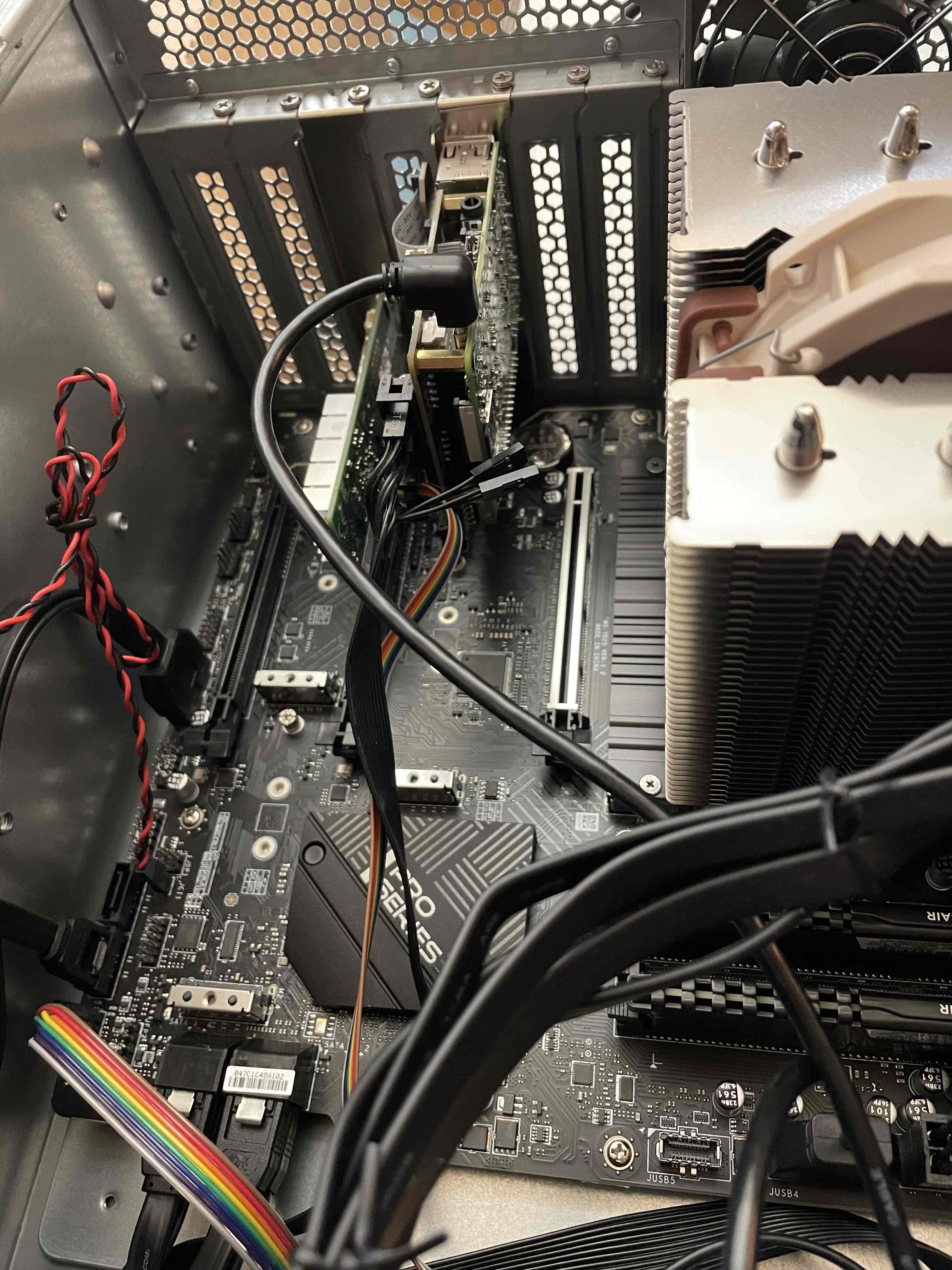If there were ones that vibrated or had interference enough to affect neighboring units, that would be marketing points. As it is now, no one mentions any of those points. It’s all capacity, I/O and features.
If there were units that showed any of those issues, the reviews would tell.
This unit is basically dead silent in normal operation. During charging and discharging there is an audible hum, but nothing else. I haven’t noticed any vibration or ZFS scrubs reporting corrections.





As with all things backups, testing and maintenance is key.